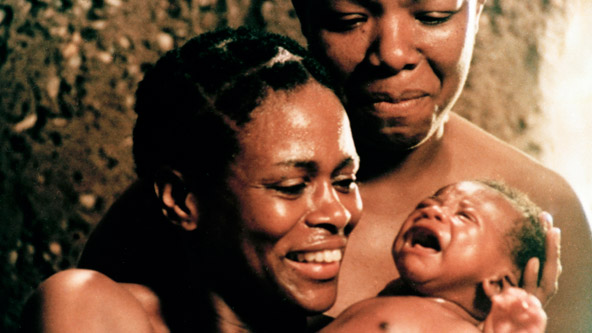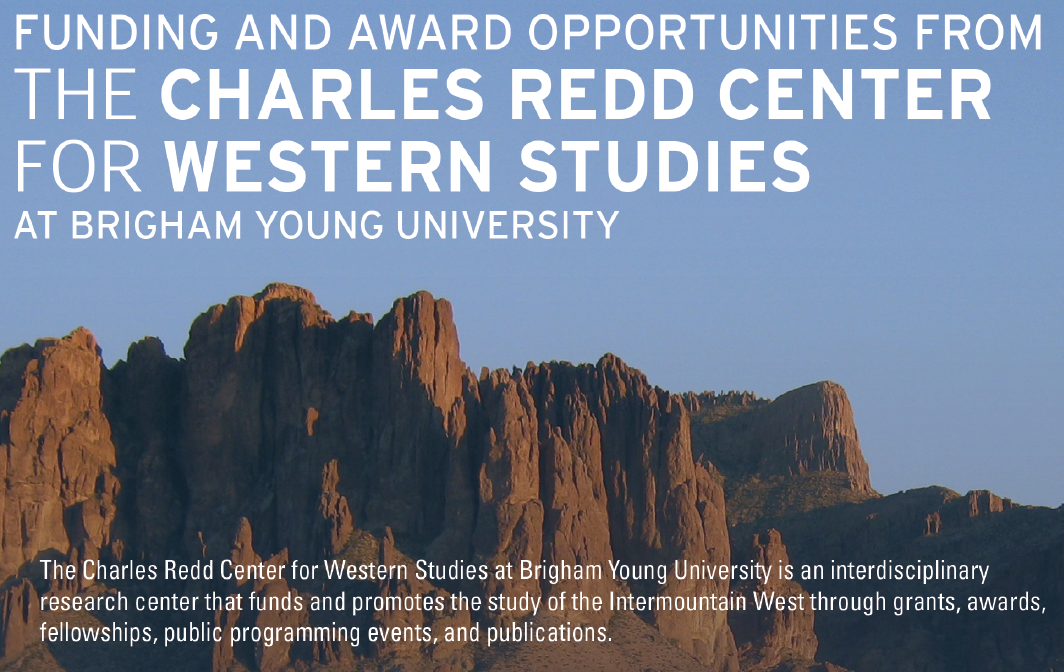Zoom Webinar: “Lamanite as a Religious Signifier and Settler-Colonial Encounter”
By February 27, 2021
Thanks to Kathleen Flake for passing this on this great event!

By February 27, 2021
Thanks to Kathleen Flake for passing this on this great event!

By February 24, 2021
Brown, Samuel Morris. Joseph Smith’s Translation: The Words and Worlds of Early Mormonism. New York: Oxford University Press, 2020.
Davis, William. Visions in a Seer Stone: Joseph Smith and the Making of the Book of Mormon. Chapel Hill: University of North Carolina Press, 2020.
This past year saw a number of important publication on Joseph Smith’s translation; in addition to the ones above, also Michael Hubbard MacKay, Mark Ashurst-McGee, and Brian M. Hauglid, eds. Producing Ancient Scripture: Joseph Smith’s Translation Projects in the Development of Mormon Christianity (Salt Lake City: University of Utah, 2020) in which Brown has an essay.
But first I want to compare Brown and Davis. In this post, I give a summary of their works and then discuss the implications more in a follow up.
By February 3, 2021
I am Bri Romanello, a Ph.D. Anthropology student at Arizona State University. A bit about myself: I have been a member of the LDS Church my entire life and am deeply involved and passionate about the well-being and representation of women’s experiences within our community. I am also very interested in the immigrant experience and the lives of Latina women living and parenting in the United States. This is why I am conducting a study with Latina Mormon/ LDS mothers in Arizona I want to use my opportunity as a Ph.D. student to better demonstrate the immense diversity and contributions of Latinas and mothers in our Church and also local communities.
During this interview, I will be interested in learning about your personal story, your membership in the Church of Jesus Christ of Latter-day Saints, and your experiences as a mother. This interview is anonymous and you can use a different name if you wish.
If you agree to participate in this study, it will involve an interview that should last no more than 75 minutes depending on the amount of information you choose to share with me. I would like to demonstrate my gratitude by offering you a small gift of $25 for your time and participation. Please fill out this form and I’ll get back to you in the next 72 hours: https://forms.gle/3eMefUC7LZ3spsFA9
By February 2, 2021
Thanks to Kurt Manwaring for making us aware of this interview with Dr. Matthew Harris, on The LDS Gospel Topics Series: A Scholarly Engagement! You can read the rest of the interview HERE.
By February 1, 2021
The University of Utah Press announced this morning the creation of The Juanita Brooks Series in Mormon History and Culture. Here is more from their email announcement (sign up for email updates from the press HERE):
| The Juanita Brooks Series in Mormon History and Culture Editor: Amanda Hendrix-Komoto, Montana State University |
This series, named for pioneering Mormon historian Juanita Brooks, welcomes exciting new academic monographs and contributed volumes of previously unpublished essays that break new ground in the study and understanding of Mormon history and culture. Books that explore understudied or controversial aspects of Mormonism are considered essential to the intellectual mission of the series, as are works that put Mormon history and culture in conversation with contemporary scholarly trends in transnational studies, Native American and Indigenous studies, the study of the American West, women’s history, and regional histories. Always open and inclusive, the series accepts proposals from established and emerging scholars and writers alike, while striving to publish rigorous scholarship accessible to an informed general audience.
| For more information, please contact:Tom Krause, acquisitions editor at the University of Utah Press, at tom.krause@utah.edu, or series editor Amanda Hendrix-Komoto, at Amanda.hendrixkomoto@montana.edu. |
By January 29, 2021
Yesterday, acclaimed actress Cicley Tyson passed away at the age of 96. Among the many roles she played in her groundbreaking and lengthy career was that of Binta, Kunta Kinte’s mother, in Alex Haley’s sensational television series, Roots. Coincidentally, the end of January also marks 44 years since Roots premiered on TV in 1977. The sights and sounds of Tyson portraying Binta’s labor and the birth of Kunta form the opening scenes of the series. There is much that has and can be said about Roots and the way that it brought Black family history and depictions of slavery to the forefront of American entertainment in commanding fashion. Indeed, it was the most watched television event to date in America.[1] Scholars have shed light on how the Roots phenomenon created unprecedented interest in family history for African Americans and captured the nation’s attention.[2] But one aspect of this fascinating story that has not been widely studied is Alex Haley’s relationship with the Church of Jesus Christ of Latter-day Saints and how the Church sought to ride the huge momentum for genealogy research created by Roots in its programs and messaging.

Haley’s interaction with Church leaders and his use of the Church’s genealogical resources is significant, especially in light of the Church’s priesthood and temple restrictions to people of Black African descent were still in place. About seven months after Roots premiered, BYU invited Alex Haley to its summer 1977 commencement exercises to award him an honorary doctorate degree in the humanities. On that occasion, Haley praised the Church’s genealogy library and said that if he had known about it before writing his book, he would have booked a flight to Salt Lake City right away, as it was the best in the world. On that trip to Utah, Haley also met with N. Eldon Tanner and Marion G. Romney, two members of the First Presidency of the Church. President Tanner credited Haley with inspiring people to go back even further in their genealogy research: “We’ve been trying for years to get people to go back to the fourth and fifth generations; you come along with one book and they do it.” Haley was apparently pleased to hear that and smiled.[3]

Three years later, the Church held its second World Conference on Records, a genealogy and family history symposium. A family history fervor had swept the United States in part because of the popularity of television series and book and interest had increased since the first conference in 1969.[4] As one of the preeminent speakers, Haley spoke to the Church News in advance of the conference. He was glad to see that his book had inspired families throughout the world to have family reunions and hoped to work with the Church to encourage more families to follow suit. He thought that such reunions could contribute to world peace.[5]
As a religious institution with a sacred prerogative to do family history research, the LDS Church was in step with popular genealogy movements in the twentieth century United States. Partnering with Alex Haley and the high-profile Roots book and TV series was mutually beneficial and represented a unique bridge between the Church and Black family history at time when Black Latter-day Saints could not perform ordinances for their ancestors in temples. This is just a start and the potential to discover more illuminating details in this story remains.
[1] About 100 million people watched the series finale and about 85 percent of American households tuned in. Matthew F. Delmont, Making Roots: A Nation Captivated (Oakland, CA: University of California Press, 2016), 175 and Henry Louis Gates, Jr., Foreword, Reconsidering Roots: Race, Politics, and Memory, ed Erica L. Ball and Kellie Carter Jackson (Athens, GA: University of Georgia Press, 2017), xi.
[2] See, for example, Francesca Morgan, “‘My Furthest-Back Person’: Black Genealogy Before and After Roots,” Reconsidering Roots, 63-80 and Delmont, Making Roots, 153-180.
[3] Gerry Avant, “Faith Kept Him Going, ‘Roots’ Author Says,” Church News, 27 August 1977.
[4] “World Conference on Records,” Church News, 2 August 1969.
[5] Jim Boardman, “Author Encourages Histories, Reunions,” Church News, 9 August 1980.
By January 27, 2021
See original post HERE

The Charles Redd Center for Western Studies is pleased to announce multiple awards for 2021 that are available for scholars, students, or organizations conducting research or producing public programming related to the Intermountain regions of Arizona, Colorado, Idaho, Montana, Nevada, New Mexico, Utah, or Wyoming. Applications for 2021 are due by 11:59 p.m. MST on March 15, and awardees will be notified by May 1.
Click Here To Apply: In the midst of COVID-19 pandemic restrictions on travel and other activities, many categories request explicit details on how these may impact your project, whether there are contingency plans to work amidst restrictions or if project progress would require delay until restrictions are lifted. Awards and funding opportunities are divided into categories for students, faculty, independent researchers, and public institutions.
By January 11, 2021
Applications are due March 15, 2021.The Charles Redd Center for Western Studies is pleased to announce multiple awards for 2021 that are available for scholars, students, or organizations conducting research or producing public programming related to the Intermountain regions of Arizona, Colorado, Idaho, Montana, Nevada, New Mexico, Utah, or Wyoming. Applications for 2021 are due by 11:59 p.m. MST on March 15, and awardees will be notified by May 1.
GO TO THEIR WEBSITE TO APPLY!

By January 10, 2021
See original post HERE

To commemorate the upcoming completion of the Revelations and Translations series, which includes the breadth of Joseph Smith’s revelation and translation projects, the Joseph Smith Papers Project will host the fifth annual Joseph Smith Papers Conference on September 10, 2021. The conference will be broadcast digitally to allow for both local and global participation from presenters and audience members. (This was also the format of the 2020 conference.) The theme for this year’s conference is “Joseph Smith and Sacred Text in Nineteenth-Century America.”
Over the course of his life, Joseph Smith engaged in several translation projects, including the Book of Mormon, the Book of Abraham, and the Bible revision, and he dictated numerous revelations that were published in church newspapers and print volumes. Scribes, clerks, and editors worked with Smith in these projects. Through these endeavors, he introduced his followers to new sacred texts, sought to restore and clarify doctrine, modified biblical scripture, and voiced authoritative direction from God, shaping the Latter-day Saints’ understanding of their past, present, and future. To the Saints, Joseph Smith’s translations and revelations testified of his unique prophetic role.
By January 5, 2021
George Handley, Kristen Blair, and Anna Thurston are guest editing a special issue of Religions! See the information below for more on possible topics and how to submit. Flyer HERE.
© 2025 – Juvenile Instructor
Recent Comments
Steve Fleming on BH Roberts on Plato: “Interesting, Jack. But just to reiterate, I think JS saw the SUPPRESSION of Platonic ideas as creating the loss of truth and not the addition.…”
Jack on BH Roberts on Plato: “Thanks for your insights--you've really got me thinking. I can't get away from the notion that the formation of the Great and Abominable church was an…”
Steve Fleming on BH Roberts on Plato: “In the intro to DC 76 in JS's 1838 history, JS said, "From sundry revelations which had been received, it was apparent that many important…”
Jack on BH Roberts on Plato: “"I’ve argued that God’s corporality isn’t that clear in the NT, so it seems to me that asserting that claims of God’s immateriality happened AFTER…”
Steve Fleming on Study and Faith, 5:: “The burden of proof is on the claim of there BEING Nephites. From a scholarly point of view, the burden of proof is on the…”
Eric on Study and Faith, 5:: “But that's not what I was saying about the nature of evidence of an unknown civilization. I am talking about linguistics, not ruins. …”